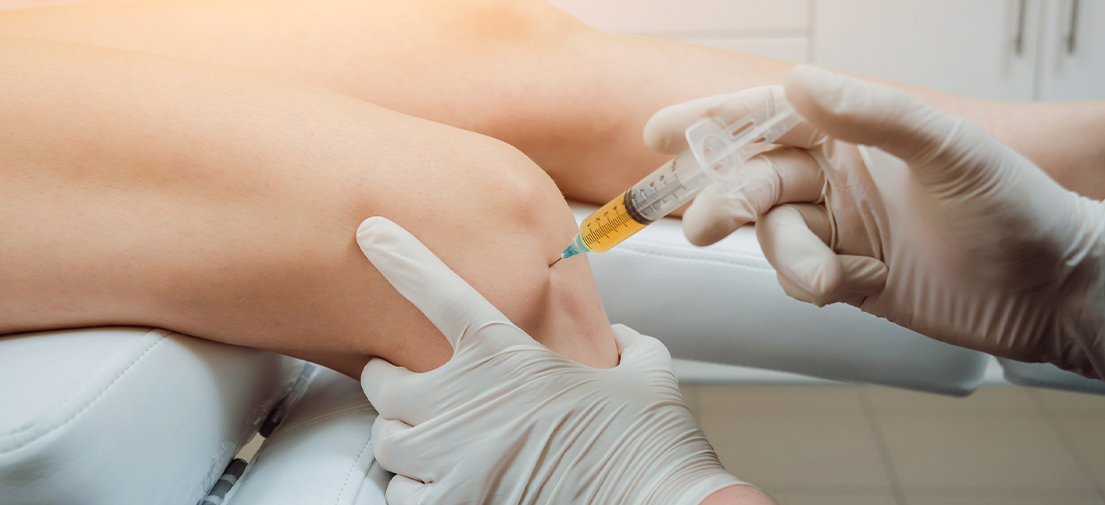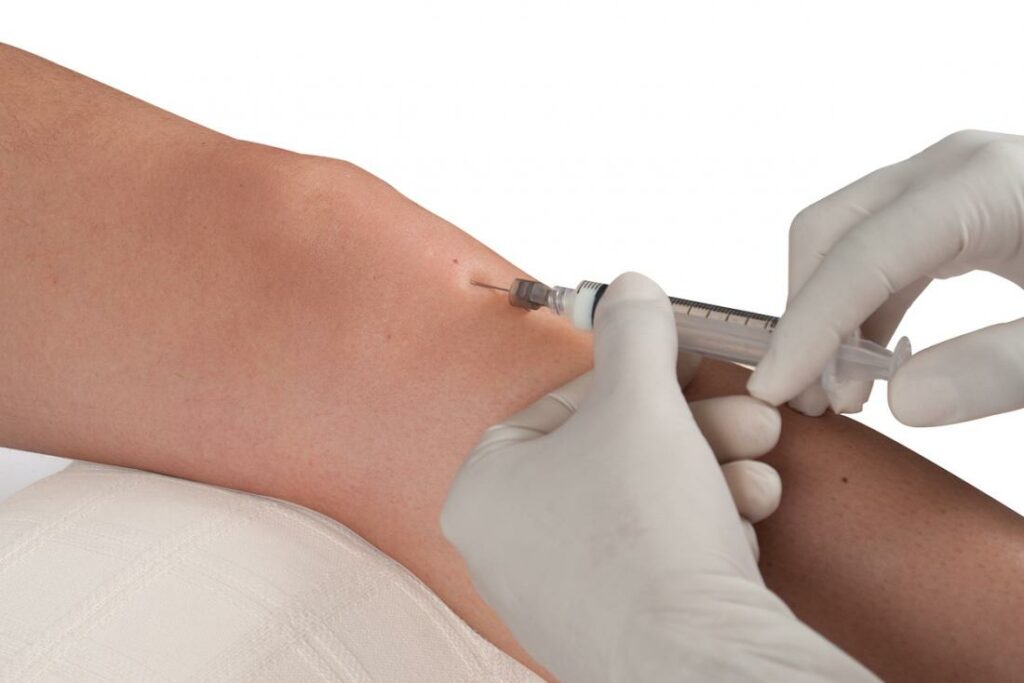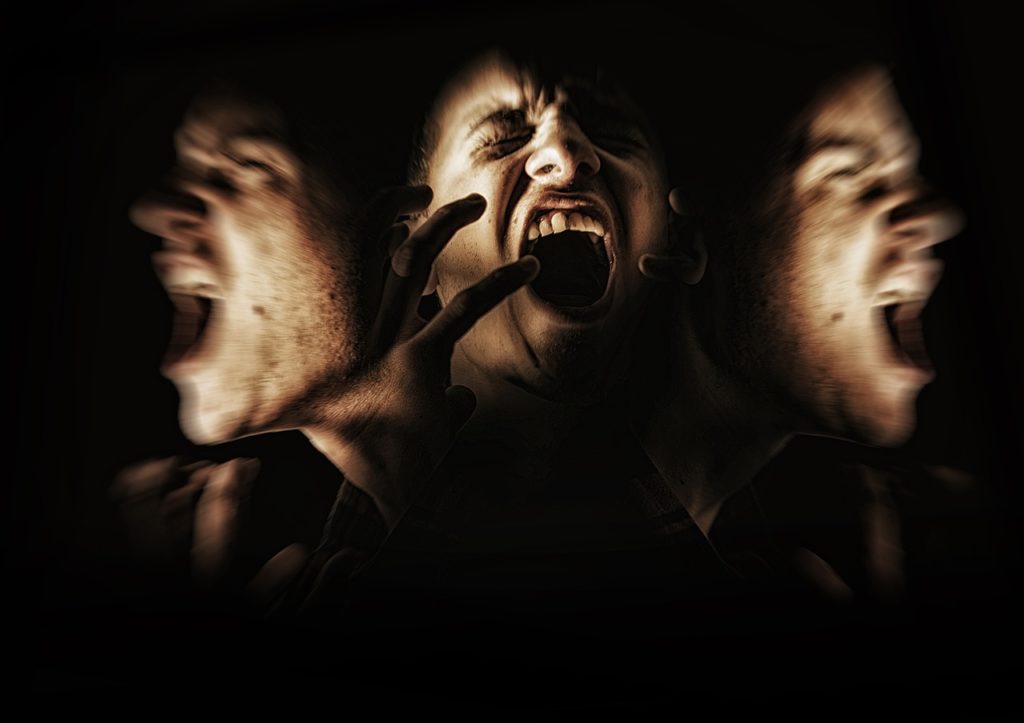If you have never heard of Prolotherapy, you are likely curious about its concept. Regarded as an alternative therapy, it is most commonly used to treat connective tissue and joint injuries. Your body has remarkable resilience, a characteristic that is the focus of the field of regenerative medicine. Instead of using artificial methods or drugs to cure a condition, regenerative techniques try to help strengthen your body’s own natural healing systems. Possibly the most successful example is bone marrow transplantation. Prolotherapy (short for proliferative therapy) targets damaged connective tissue in joints to stimulate the development of new collagen, which is a critical factor in the healing process of destabilized (damaged) joints. Prolotherapy uses a series of substances, usually natural, to stimulate and enhance healing rather than a single treatment. Let’s take a closer look at this interesting treatment!
Theory of Prolotherapy

In Prolotherapy, a mildly irritating substance is injected into the injured part of the body. The injection is usually supplemented with saline, dextrose (a type of sugar) and lidocaine, an anaesthetic. The podiatrist adjusts the injection so that the exact formula depends on your needs. As the injection is slightly irritating, a healing reaction is triggered in the body, and new healthy cells are formed due to this chain of events. You are likely to feel less pain, become stronger, and move the affected joint better. Prolotherapy is not the same as stem cell therapy or platelet-rich plasma injections. Both of these treatments contain substances that come from your blood. Prolotherapy injections carry a slightly higher risk, but it is minimal. Cortisone injections are also different from Prolotherapy. These injections only treat the symptoms but do not help your body feel better.
Conditions Treated by Prolotherapy

Prolotherapy can be used successfully to treat a variety of conditions. Some of these are:
- Back and neck pain
- Plantar fasciitis
- Joint pain and instability
- Whiplash
- Degenerative disc herniation
- Sinusitis
- Knee or ankle pain
- Osteoarthritis
- Meniscus fractures
- IT band syndrome
- Rotator cuff sprain
- Temporomandibular joint (TMJ) problems.
Back pain is probably the most common target of Prolotherapy. However, it is also suitable for other joints, such as the shoulder, hip and knee, and other joints, tendons and ligaments. Prolotherapy can effectively relieve pain in people with chronic diseases. The damage caused can be largely eliminated by enhancing the healing response, pain symptoms are reduced or eliminated, and surgery is not required. Before recommending Prolotherapy, the specialist will perform diagnostic tests, discuss your medical history and order laboratory tests.
What Can You Expect from Prolotherapy?

Prolotherapy treatments usually last about 30 minutes. The podiatrist will first clean the skin of the area to be treated and apply a lidocaine cream. You will then receive an injection. After the injection, you may be given heat packs to apply for 10 to 15 minutes. There may be some swelling, stiffness and bruising for a few hours or days after the treatment. These symptoms should disappear pretty quickly.
Try Prolotherapy!
Prolotherapy is a controversial topic in the scientific community, mainly due to the low number of high-quality clinical studies supporting its use. In 2016, a team of researchers conducted a systematic review of the studies published to date on glucose prolotherapy. They concluded that it is an appropriate treatment for spinal cord and pelvic pain caused by tendon injury, osteoporosis and ligament dysfunction. Prolotherapy is considered safe for most people. There are some risks, but the treatment is generally very well tolerated, and your individual situation will be carefully assessed before you are offered Prolotherapy.
If you live in Melbourne and would like to know more about Prolotherapy, you can book an appointment at the Manningham Foot Clinic. They offer reliable Prolotherapy that can give you the relief you are looking for.


